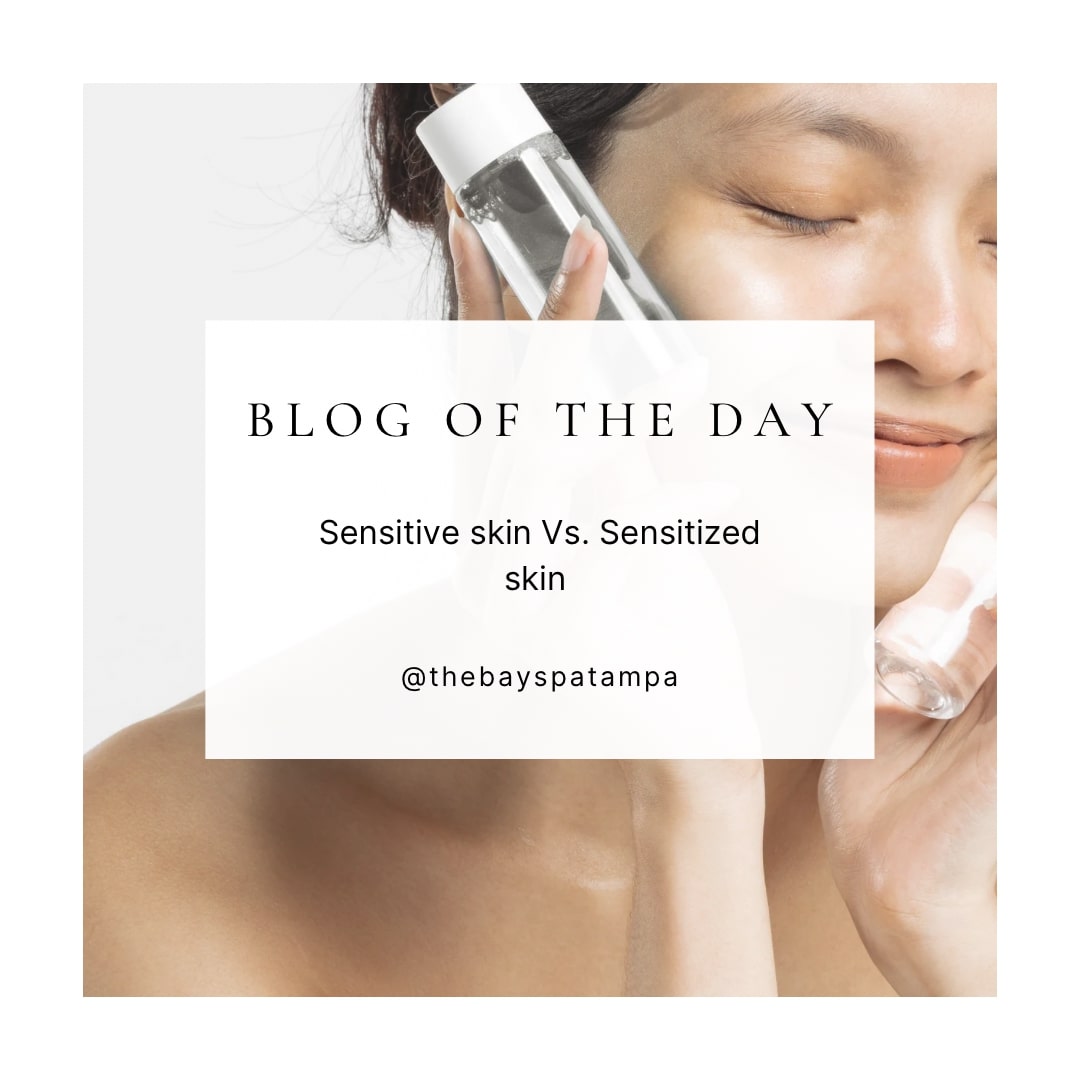Sensitized Skin vs Sensitive Skin: Understanding the Difference and Caring for Your Skin. By Licensed Esthetician Harley Howard
Taking care of our skin is essential for maintaining its health and appearance. However, when it comes to skin care, terms like "sensitized skin" and "sensitive skin" are often used interchangeably, causing confusion among individuals seeking the right products and treatments. In this blog post, we will explore the difference between sensitized skin and sensitive skin, and provide helpful tips for caring for each type.
Understanding Sensitized Skin:
Sensitized skin refers to a temporary condition where the skin becomes reactive and easily irritated due to various external factors. These factors can include environmental aggressors, such as pollution, UV radiation, and harsh weather conditions, as well as internal factors like stress, hormonal changes, or the use of certain skincare products.
Symptoms of sensitized skin may include redness, itchiness, tightness, dryness, and a general feeling of discomfort. It is important to note that anyone can experience sensitized skin, regardless of their skin type. For example, individuals with oily skin can also experience sensitivity due to external or internal triggers.
Understanding Sensitive Skin:
Sensitive skin, on the other hand, is a specific skin type characterized by a heightened response to various irritants and triggers. People with sensitive skin typically have a genetic predisposition to react strongly to certain substances, making their skin more prone to irritation and allergic reactions.
Sensitive skin is often more delicate and easily reactive compared to other skin types. Common irritants for sensitive skin can include fragrance, certain chemicals, preservatives, and abrasive ingredients. Individuals with sensitive skin may experience symptoms such as redness, dryness, flakiness, itching, and even breakouts when exposed to triggers.
Differentiating Sensitized Skin from Sensitive Skin:
While both sensitized skin and sensitive skin share similarities in terms of their reactivity and susceptibility to irritation, it is crucial to understand the distinction between the two.
Sensitized skin is a temporary condition that can affect anyone, regardless of their skin type. It occurs when the skin's natural barrier function is compromised, making it more prone to external and internal triggers. In contrast, sensitive skin is a genetic predisposition that persists over time and requires ongoing care and attention.
Caring for Sensitized Skin:
If you are experiencing sensitized skin, it is essential to identify and address the triggers causing the reaction. Consider the following tips for caring for sensitized skin:
- Gentle Cleansing: Use a mild, soap-free cleanser that does not strip the skin of its natural oils. Avoid using hot water and harsh scrubbing motions, as these can further irritate the skin.
- Moisturize Regularly: Opt for fragrance-free and hypoallergenic moisturizers that provide hydration and help restore the skin's barrier function.
- Patch Test Products: Before incorporating new skincare products into your routine, perform a patch test on a small area of skin to check for any adverse reactions.
- Sun Protection: Protect your skin from harmful UV rays by wearing a broad-spectrum sunscreen with at least SPF 30. Look for products formulated for sensitive skin to minimize the risk of irritation.
Caring for Sensitive Skin:
If you have sensitive skin, it is important to adopt a gentle and minimalistic approach to your skincare routine. Consider the following tips for caring for sensitive skin:
- Use Fragrance-Free Products: Fragrances can be a common trigger for sensitive skin, so choose products that are labeled fragrance-free or formulated for sensitive skin.
- Avoid Harsh Ingredients: Stay away from products containing alcohol, sulfates, and other potentially irritating ingredients. Opt for gentle, non-comedogenic products that are less likely to cause a reaction.
- Pat, Don't rub.

